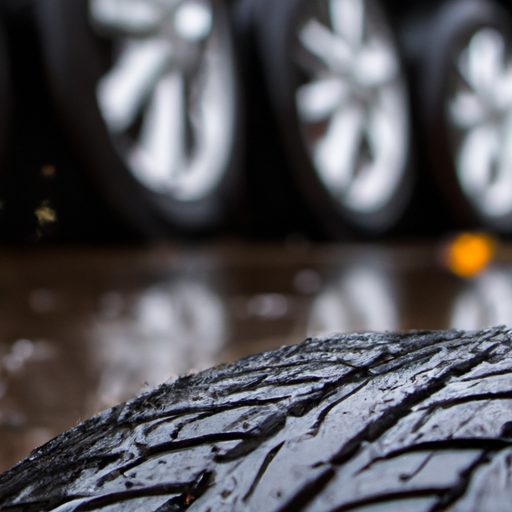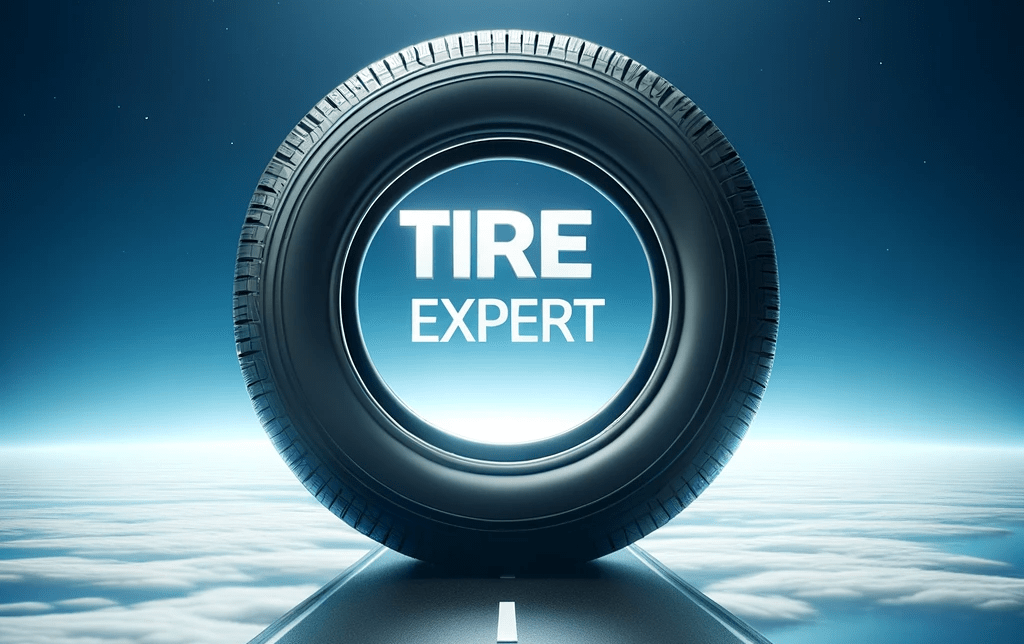You may be wondering how summer tires perform in wet and rainy conditions. Well, it’s important to understand that summer tires are specifically designed to excel in dry and warm weather. However, when it comes to wet and rainy conditions, their performance can be a bit tricky. In this article, we will explore the characteristics of summer tires and how they hold up when faced with wet roads. Whether you’re planning a summer road trip or simply curious about tire performance, read on to discover the ins and outs of summer tires in wet and rainy conditions.
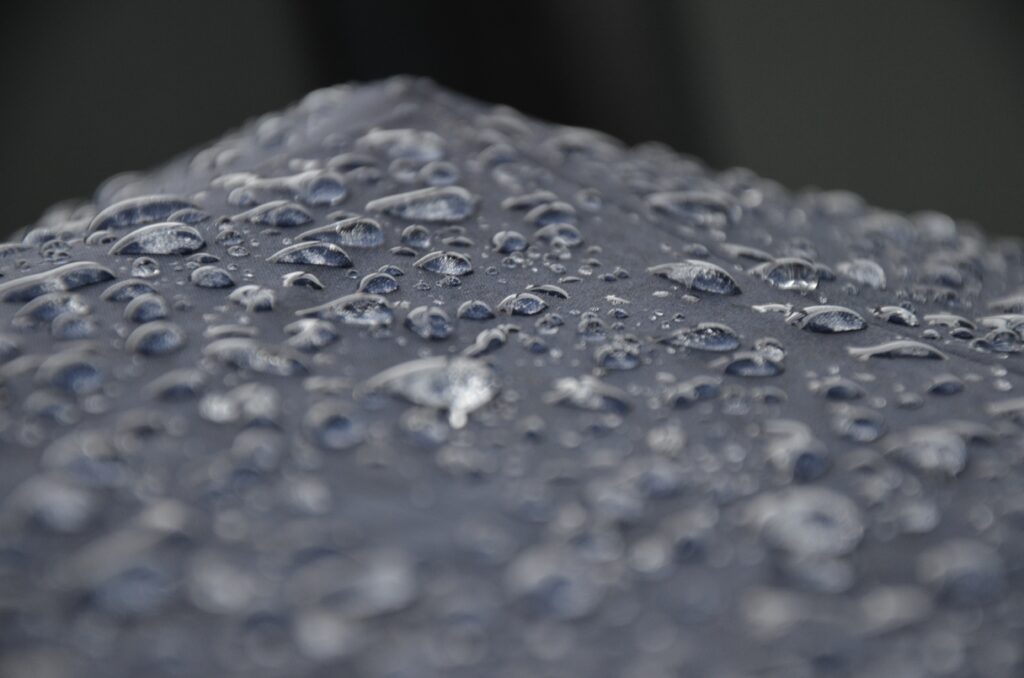
Tire Types
When it comes to choosing the right tires for your vehicle, understanding the different types available is crucial. Three main types of tires are commonly used: summer tires, all-season tires, and winter tires. Each type has its own set of characteristics and is designed to perform well under specific conditions. In this article, we will focus on summer tires and explore how they perform in wet and rainy conditions.
Understanding the Characteristics of Summer Tires
Summer tires are specifically designed to provide optimal performance in warm weather conditions. They have certain characteristics that make them well-suited for dry and hot surfaces. These characteristics include tread design and rubber compound.
Tread Design
One of the key factors that distinguish summer tires from other types is their tread design. Summer tires usually have a shallower and more flexible tread. This design allows for better control and handling on dry roads, improving the overall driving experience in warm conditions.
Rubber Compound
Another important aspect of summer tires is the rubber compound used in their construction. Summer tires are made from a special type of rubber that is designed to stay firm and provide excellent grip on dry surfaces. This firmness allows the tires to maintain traction and deliver precise steering and braking responses.
Wet and Rainy Conditions
While summer tires excel in dry conditions, their performance in wet and rainy conditions may raise some concerns. It is important to understand how summer tires handle wet surfaces and what factors affect their performance in such conditions.
Rainwater Drainage
One of the challenges of driving in wet conditions is the accumulation of water on the road surface. Summer tires are designed to quickly disperse water and prevent hydroplaning. The tread patterns on summer tires are specifically engineered to channel water away from the contact patch, maintaining maximum contact with the road.
Traction on Wet Surfaces
Despite their efficient rainwater drainage system, summer tires may still experience reduced traction on wet surfaces. The shallower tread depth and the rubber compound that provides excellent grip on dry roads may struggle to maintain traction and control when faced with wet and slippery conditions. This can affect overall handling and braking performance.
Factors Affecting Performance
Several factors can influence the performance of summer tires in wet conditions. It is important to consider these factors when using summer tires on rainy days.
Tread Depth
Tread depth plays a crucial role in tire performance on wet surfaces. Tires with deeper treads can disperse water more effectively, reducing the risk of hydroplaning and maintaining traction. Checking your summer tires’ tread depth regularly and replacing them when necessary is essential for optimal wet weather performance.
Tire Pressure
Proper tire pressure is essential for safe and efficient driving, especially in wet conditions. Underinflated or overinflated tires can negatively impact handling and traction. Maintaining the recommended tire pressure for your summer tires will help ensure their performance in wet conditions.
Road Surface Condition
The condition of the road surface can significantly affect the performance of summer tires in wet conditions. Roads with poor drainage or excessive standing water can increase the risk of hydroplaning and reduce traction. It is important to adjust your driving style and be vigilant in such conditions.
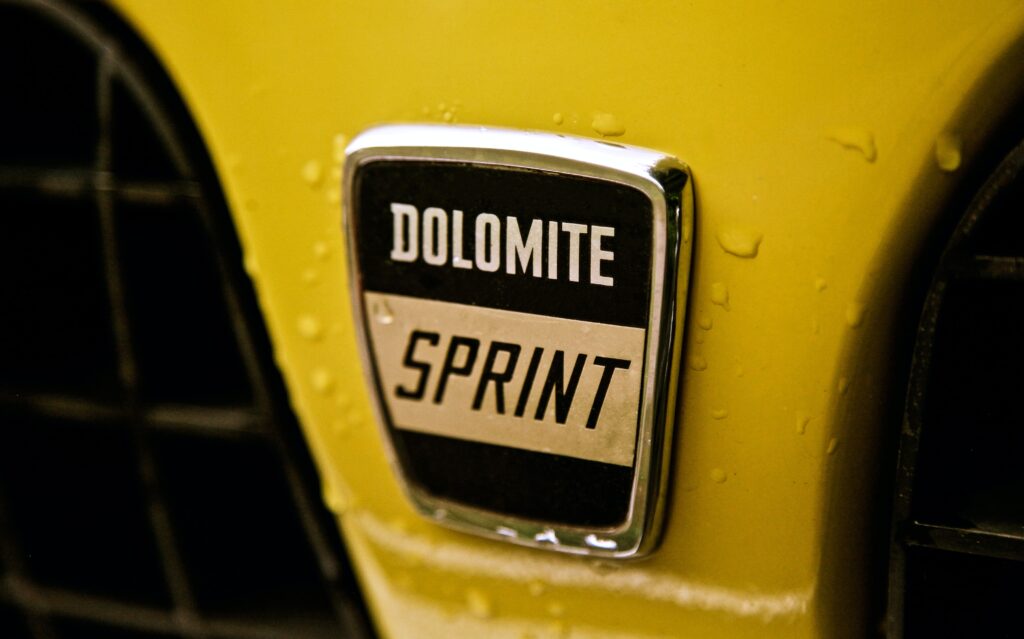
Advantages of Summer Tires in Wet Conditions
Despite the aforementioned challenges, summer tires offer certain advantages even in wet conditions.
Improved Handling
Due to their design and rubber compound, summer tires still provide superior handling in wet conditions compared to all-season or winter tires. The firmness of the rubber allows for better control and responsiveness, ensuring a safer driving experience.
Reduced Risk of Hydroplaning
The ability of summer tires to effectively channel water away from the contact patch reduces the risk of hydroplaning. This means that even in wet conditions, you can have confidence in your tires’ ability to maintain contact with the road, minimizing the chances of losing control.
Disadvantages of Summer Tires in Wet Conditions
While summer tires offer certain advantages in wet conditions, there are also some disadvantages that need to be considered.
Reduced Traction on Wet Surfaces
Summer tires may experience reduced traction on wet surfaces compared to all-season or winter tires. The shallow tread depth and specialized rubber compound that excel in dry conditions can struggle to provide the same level of grip when the road is wet and slippery. This can be particularly noticeable during aggressive acceleration, braking, or cornering maneuvers.

Tips for Using Summer Tires in Wet Conditions
To optimize your summer tires’ performance in wet conditions, here are some valuable tips to follow:
Check Tread Depth Regularly
Regularly checking the tread depth of your summer tires is essential for maintaining their wet weather performance. As the tread depth wears down over time, the ability of the tires to disperse water and maintain traction diminishes. If the tread depth falls below the recommended threshold, it is time to consider replacing your summer tires.
Maintain Proper Tire Pressure
Ensuring that your summer tires are properly inflated is crucial for their wet weather performance. Check your tire pressure regularly, especially before long trips or during extreme weather conditions. An underinflated tire can result in reduced handling and traction, while an overinflated tire can lead to a harsher ride and compromised contact with the road.
Avoid Hydroplaning Situations
While summer tires offer improved resistance to hydroplaning, it is still important to remain cautious during heavy rain and standing water situations. Reducing your speed, avoiding sudden maneuvers, and giving yourself sufficient braking distance can help minimize the risk of hydroplaning and maintain control of your vehicle.
Comparing Summer Tires to All-Season Tires in Wet Conditions
Now, let’s briefly compare the performance of summer tires to all-season tires in wet conditions.
Differences in Tread Design
All-season tires are designed to provide reliable performance in a variety of weather conditions, including both wet and dry surfaces. They have a more versatile tread pattern with deeper channels for better water dispersion. This allows them to maintain better traction on wet roads compared to summer tires.
Differences in Traction on Wet Surfaces
Due to their deeper tread and a rubber compound that is optimized for wet conditions, all-season tires generally offer better traction on wet surfaces compared to summer tires. While they may not provide the same level of handling and responsiveness as summer tires in dry conditions, all-season tires bridge the gap between summer and winter tires, making them a more balanced option for year-round driving.
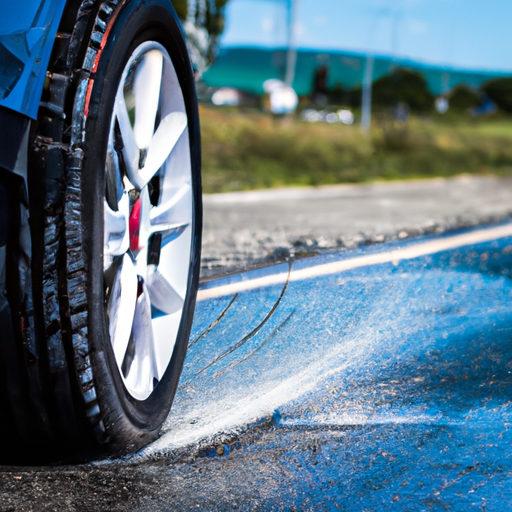
Safety Considerations
When it comes to tire performance in wet conditions, several factors need to be considered to ensure overall safety.
Importance of Proper Tire Maintenance
Proper tire maintenance, including regular inspections, rotation, and alignment, is vital for maximizing the safety and performance of your summer tires in wet conditions. This helps ensure even wear, optimal traction, and efficient water evacuation.
The Role of Driver Skill and Behavior
While tire performance is important, it is equally crucial for drivers to adjust their behavior and driving style according to the road and weather conditions. Utilizing safe driving techniques and maintaining a safe following distance can greatly enhance safety even in challenging wet conditions.
Conclusion
In conclusion, summer tires offer excellent performance in dry and warm conditions, but their performance in wet and rainy conditions may be somewhat compromised. While they provide improved handling and reduced risk of hydroplaning compared to other types of tires, they may experience reduced traction on wet surfaces. By regularly checking tread depth, maintaining proper tire pressure, and driving cautiously in wet conditions, you can optimize the wet weather performance of your summer tires. It is important to consider your specific driving needs, local climate, and road conditions when choosing the right tires for your vehicle to ensure the optimal balance between performance and safety.
